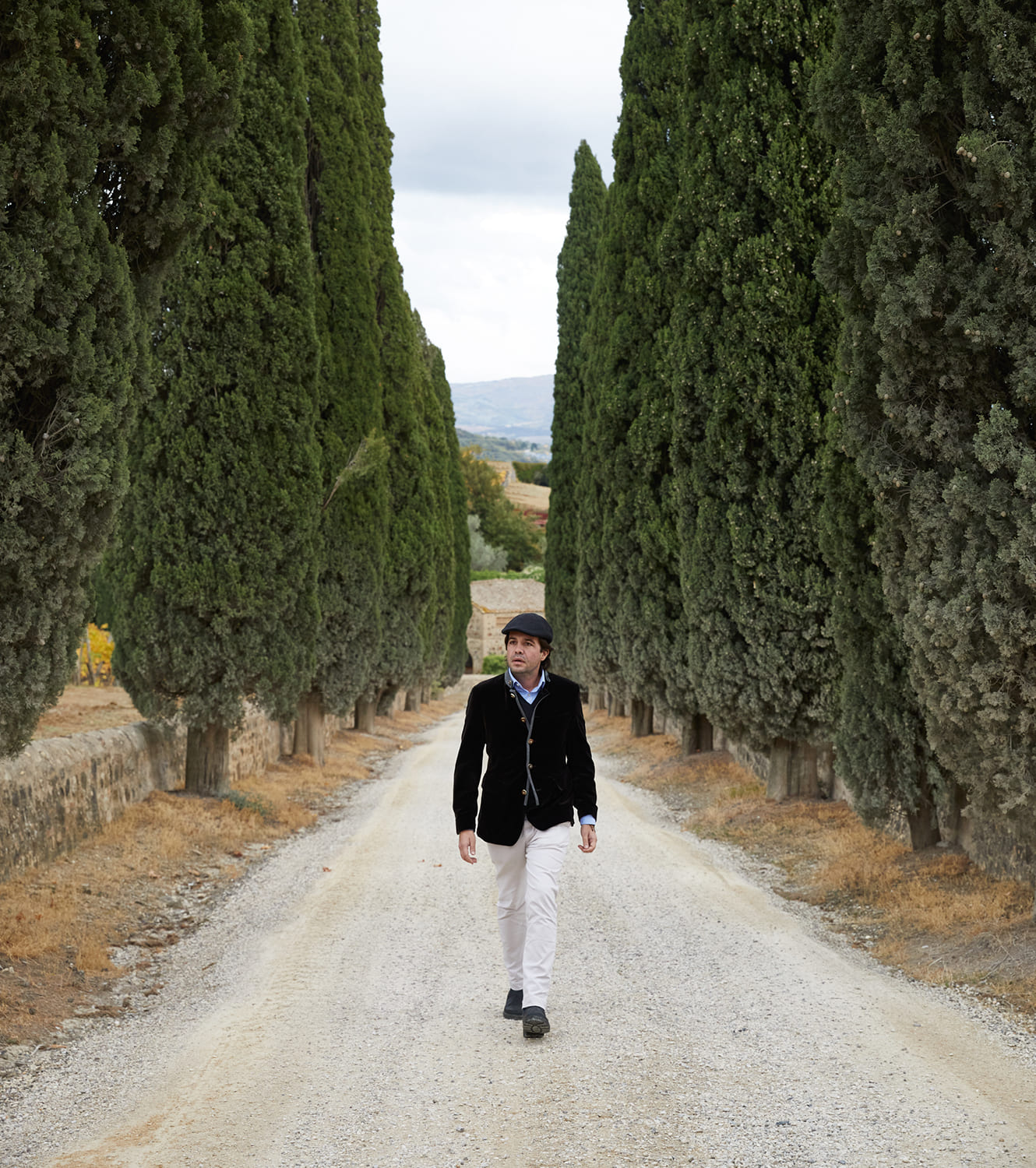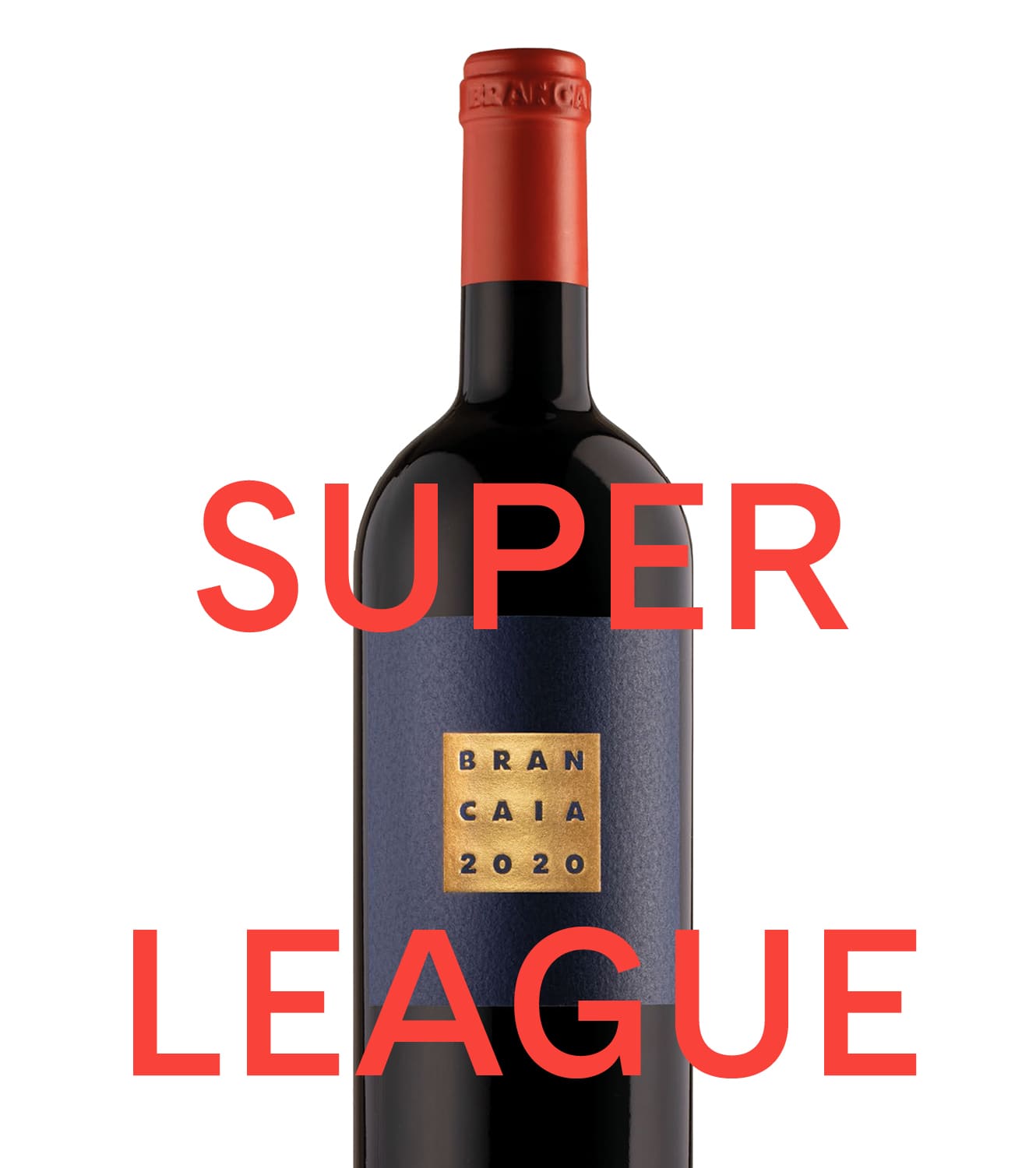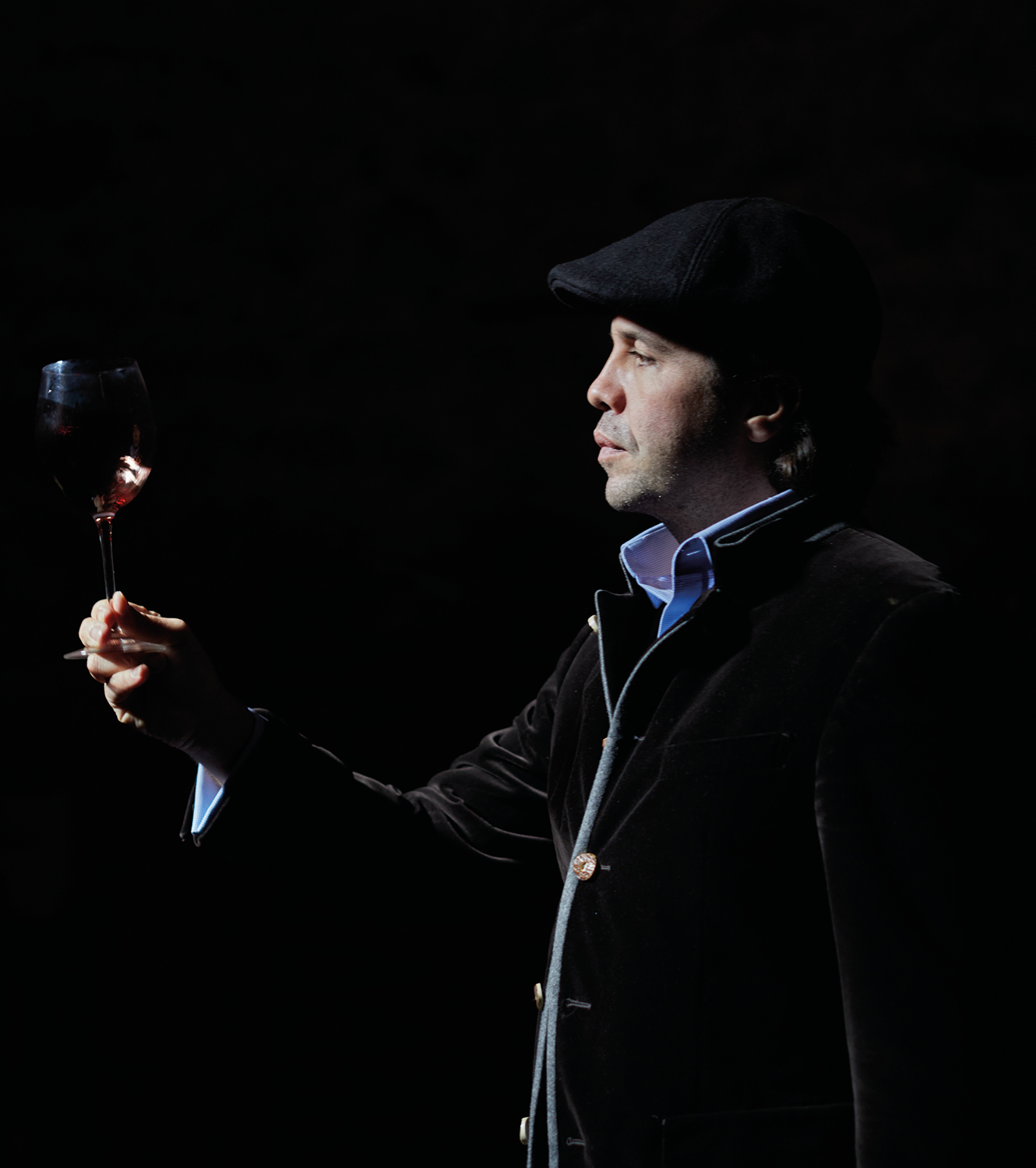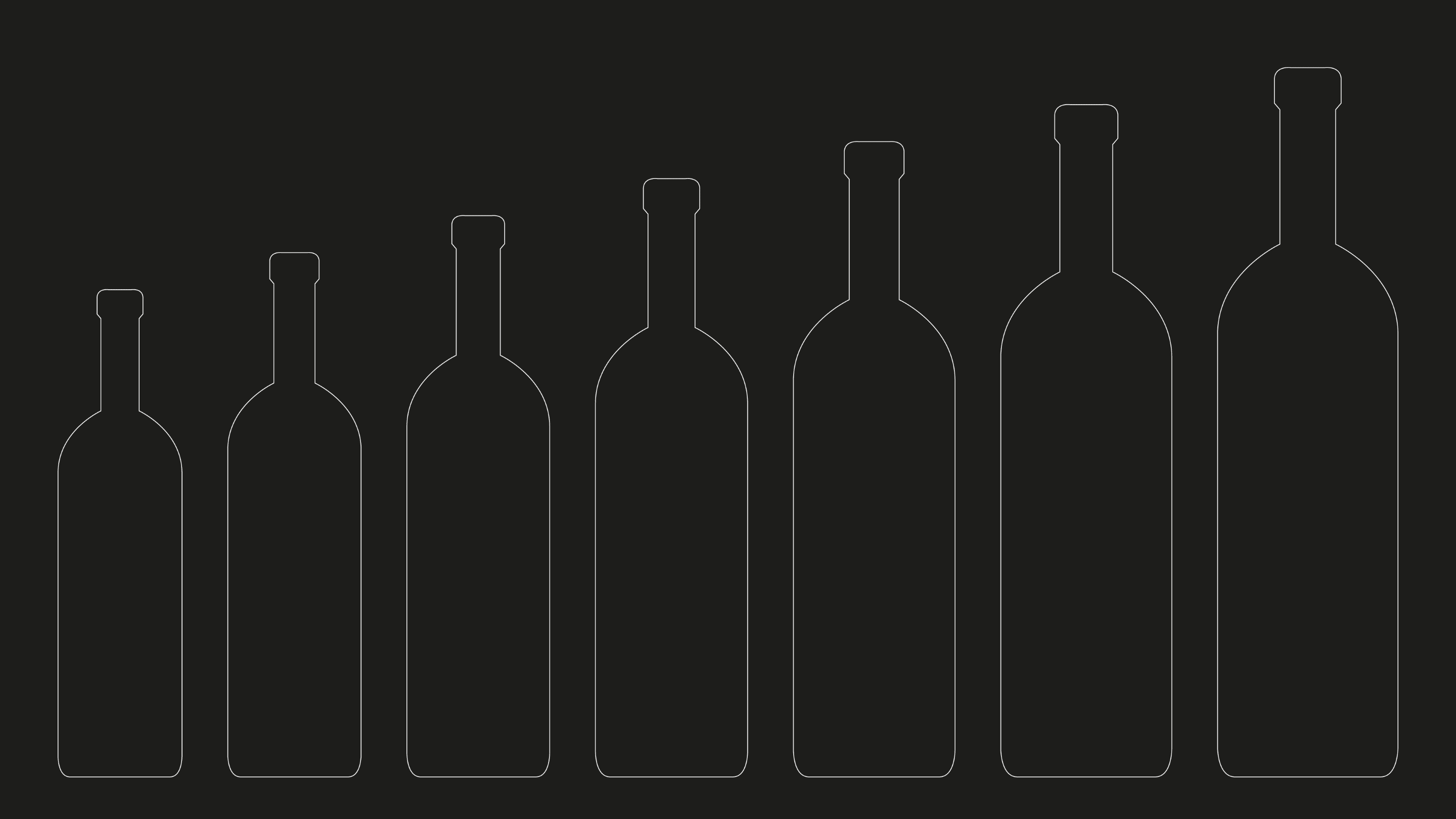
LIQUID ASSETS: INVESTING IN WINE
Chosen with care like art, fine wine can be a great investment. But what are the best ways to get started? Suzanne Denevan-Brown kick-starts our new series
Collectors of all kinds place a value on their passions – whether it’s coins, art, cars, or the latest sneaker trend. However, not all collectibles can be considered as a realistic option for diversifying your investment portfolio. In this respect, fine wine is a unique asset.
When finance managers talk about “asset class” they are referring to the different kinds of investments and are usually aiming to diversify the types within an individual’s portfolio. Diversifying holdings prevents steep losses in the face of macro events (and also dampens steep gains). All investments involve some risk, so the trick is to balance that risk into an optimal return. By holding different asset types, your portfolio can ideally weather all boom-and-bust cycles and blend into an acceptable return. By adding fine wine to your holdings, you’re adding a different asset type that may aid in diversifying your portfolio.
For a collectible, fine wine has two very important distinctions from others. First, the fine wine market is a varied and deep one. There are many wine regions, producers and vintages on offer at any given point in time. Secondly, and perhaps most uniquely, the aspects that make a fine wine desirable to the end-consumer actually improve over time. This is different from other collectible assets, in which the benefit of time is exclusively increasing antiquity or availability. An antique car is valuable because it is antique, not because it performs better as a car. In contrast, a fine wine actually performs better after aging. This unique aspect of improving over time creates a dynamic and accessible exit market for your investment – including restaurants and consumers eager to drink a wine aged to its peak expression.
For hundreds of years, private collections have been sold for investment returns through auctions. However, more recent developments have proliferated the vehicles for fine wine investment. Today, anyone with the cash to invest can easily do so.
CLEAR THINKING
The first and most important enabling factor is transparency. Since its creation in 2000, the London International Vintners Exchange (LIV-EX) has published the trading values of fine wines. Now that we have 20-plus years of data, we can verify the value of fine wine objectively, and assess its merit in diversifying an individual investment portfolio.
We can also document the “sure thing,” investment wines. These are the equivalent of “blue chip” stocks – wines that are certain to provide a return on investment. Unsurprisingly, these wines are comprised of the wines that formed the bedrock of the secondary market: First Growth Bordeaux and selected satellite châteaux (Pétrus, Ausone, Cheval Blanc, and Angélus), and Domaine de la Romanée-Conti (DRC) of Burgundy.
The consistency of value in these estates means lower returns as a percentage, as the reliability of return is already priced into the acquisition cost of these wines as assets. As such, using this transparent knowledge, the fine wine market has eagerly sought to identify the next source of value growth. This search adds to the depth and variety of fine wine as a collectible asset class. It has led to growing interest in producers in Burgundy outside of DRC, in Champagne, and in Italian wines particularly. The next generation of growth sources will undoubtedly expand in both regions and producers that are followed to deliver returns that equal or beat the stock market.
TRACK AND TRACE
The second factor that has accelerated the practice of investing in fine wine is the advancement in logistics practices. Today, we have the ability to track millions of bottles individually at the stroke of a keyboard. Technologies like barcodes, QR codes, radio frequency identification (RFID) combined with cloud computing, the blockchain, and affordable warehouse storage have all combined to enable larger access to fine wine as an investment vehicle.
As with art or coins, it’s critical that the individual investor trusts the provenance and the storage conditions of their investments. Using these logistics technologies fosters trust between the investor and the broker and cellar keeper. An individual investor (or portfolio manager) can see both the provenance of an individual bottle and the safety of its current storage site. This facilitates electronic exchange and again, keeps the asset class deep and varied.
SHARED VALUES
The last enabling factor of the past 20 years is the embrace of fractional ownership across low intensity capital investments. NetJets introduced the idea of fractional ownership in 1986. Through NetJets, individuals were able to access the benefits of private jet travel without assuming the full capital and logistics burden of operating with a single private jet. Instead, by buying a fraction of a jet, the owner now had a fleet of jets, conveniently located wherever their service would be needed. Uber adopted the concept for private car service, and AirBnB extended it to vacation homes.
These services depend on an acceptance of the concept of “fractional” ownership. This development was crucial to the new vehicles of fine wine investing. Instead of individually purchasing a $100,000 case of their favorite Super Tuscan, they can buy a fractional share in that physical good. For the fine wine investor, this unlocks the opportunity to access wines by adding to their buying power. This is a powerful incentive for the passionate collector, who may opt one day to reap the enjoyment of consuming some of their collection rather than re-sell it.
If you choose to combine your passion for fine wine with diversifying your investment portfolio, it’s important to do your homework. You’ll need to understand the risks and tax implications of any investment decision. And when investing in “real property,” such as bottles of wine, it’s also critical to understand how it is stored and insured against damage. For those who decide the risk is right for them, you can enjoy your passion of collecting in community with other like-minded investors. And after all, isn’t that social connection the best reward for your connoisseurship?
Suzanne Denevan-Brown is one of Maze Row’s directors and a fine wine specialist.
The article kick-starts our series on ways to invest in fine wine.
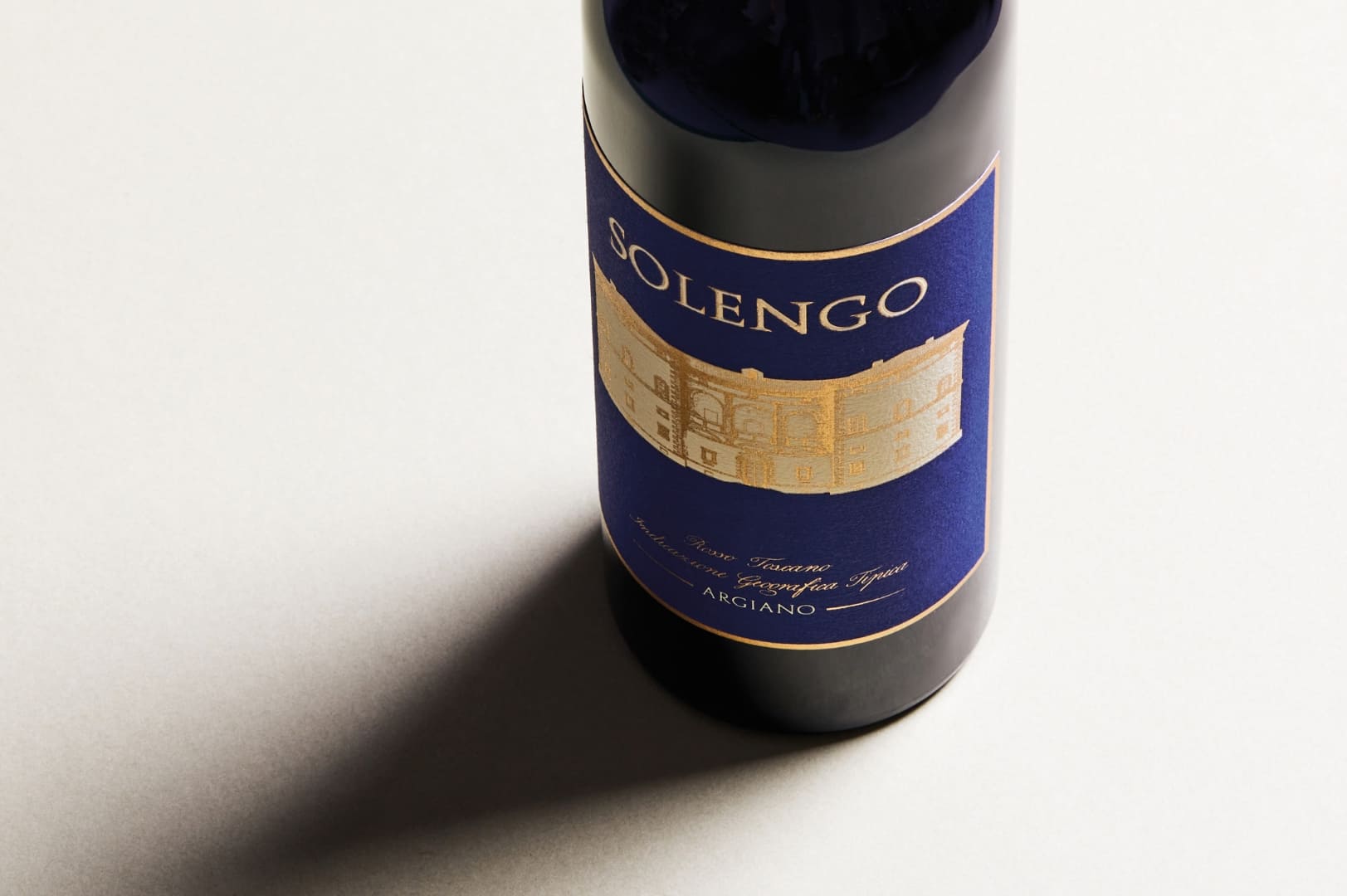
INVESTMENT GRADE SELECTION: 2020 ARGIANO SOLENGO
This is my pick for upside – not simply for holding value. Argiano as an estate is on a tremendous upswing, due to the investments of financier André Esteves and the keen stewardship of CEO and winemaker, Bernardino Sani. Solengo (or “Lone Boar”) is the product of the founding father of the Super Tuscan movement, Giacomo Tachis. Today, nearby Siena-born winemaker Sani follows the original Tachis “recipe,” to stunning effect. Compared to similar blends and sourcing, Solengo pricing is under-valued by half. As an investment, Solengo offers pedigree, proven appellation, and low acquisition cost (SRP $80) relative to its comps. Buy and hold this wine for delicious drinking or market-beating returns.
Learn more about Argiano here, and see the collection.
We recommend
ARGIANO’S POSITIVE TWIST
Listening intently to the land, fastidious soil mapping and a scholarly approach to viticulture, has earned the oldest Montalcino winery’s Brunello, red wine of the year. Nargess Banks visits the Tuscan estate to learn more
DOORS OF PERCEPTION
John Irwin delves into the art of wine talk and explores how our individual cultural backgrounds influence how we see the world – and taste it
SUPER LEAGUE
Is it time to drop the name Super Tuscan and focus on quality? Cynthia Chaplin explores the new landscape of Italy’s most famous and prolific wine region
MAKING HISTORY
With high praise for Argiano’s award-winning Brunello di Montalcino, winemaker and CEO Bernardino Sani shares his recipe for success, and his story, with Brian Freedman

